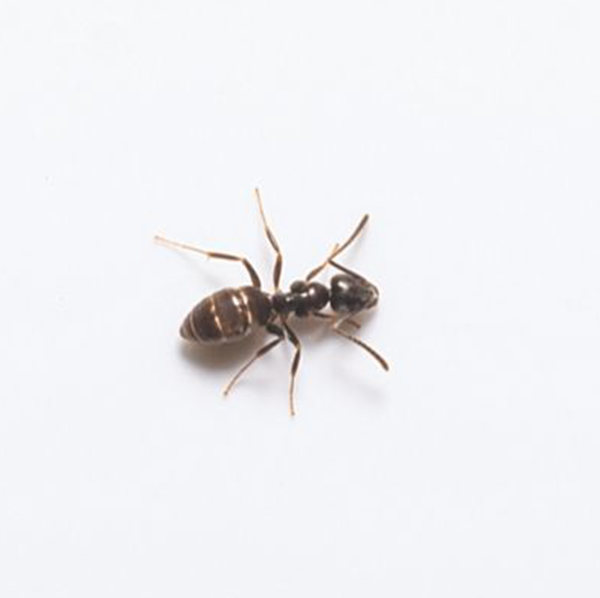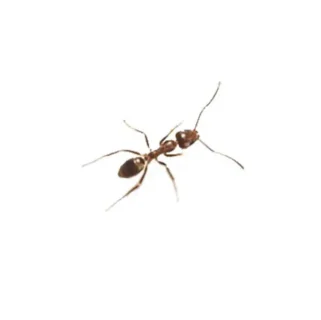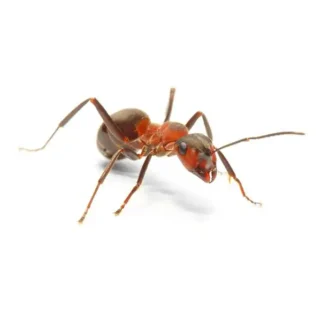Odorous House Ants in Virginia
Odorous house ants are notorious for their rotten coconut-like smell when crushed. Their cooperative nature allows them to easily dominate areas, making them tough to control. Often called sugar ants, these pests prefer nesting outdoors and feeding on honeydew from aphids and mealybugs. However, they are highly adaptable and will nest in a variety of locations, including under rocks, logs, and debris. They tend to invade homes during rainy weather when plant honeydew is washed away.
Odorous House Ant Habitat
The odorous house ant is adaptable, frequently relocating their nests to various environments. They often build their nests in shallow soil beneath objects like stones or boards. Stacked materials such as firewood, bricks, and cardboard are also favored for nesting. Their ability to move quickly between nesting sites makes them especially challenging to control. They forage indoors in search of food and are commonly found in kitchens and food preparation areas. These ants prefer moist environments, nesting in wall voids near water pipes, heaters, and leaking fixtures.
Odorous House Ant Behaviors, Threats, or Dangers
While odorous house ants prefer outdoor environments and do not sting or bite, they often forage indoors, particularly when it rains. As they search for food, they create scent trails on kitchen counters, sinks, cabinets, and baseboards. Their ability to rapidly establish and follow these trails makes infestations difficult to control. This foraging behavior leads to the contamination of food, with workers and scouts leaving invisible trails that allow hundreds of ants to invade homes and businesses.
If odorous house ants have invaded your home, it’s best to consult a professional exterminator for effective removal.
Need help with Odorous House Ant control?
Need Wildlife Or Pest Control?
Leave your information below and we’ll be in touch with a FREE quote!
"*" indicates required fields
*During normal business hours. After hours calls will be returned the next business day.





